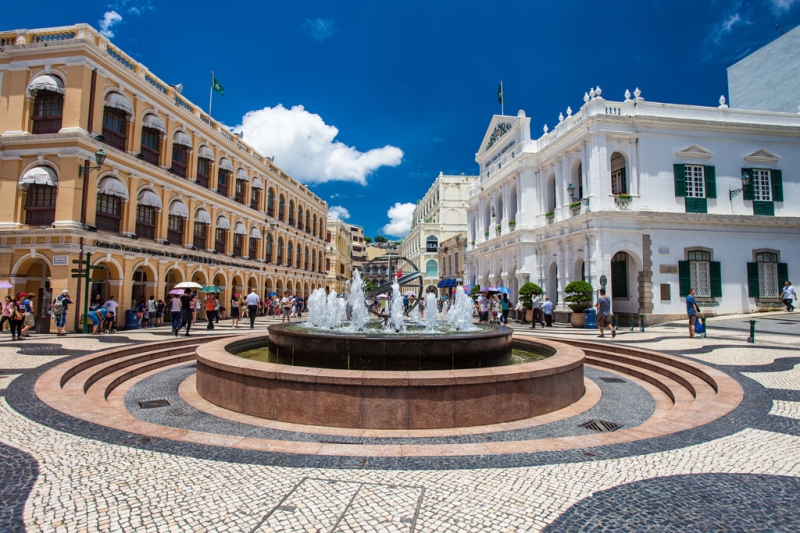
Macau is one of the most underrated travel destinations in the world. Traditionally, foreigners are much more attracted to neighboring Hong Kong with its skyscrapers, shops and amusement parks, while Macau has to make do with rare domestic tourists and gambling enthusiasts. But in fact, Macau is much more than the “Las Vegas of China”; this former Portuguese colony has something to offer even the most sophisticated travelers.
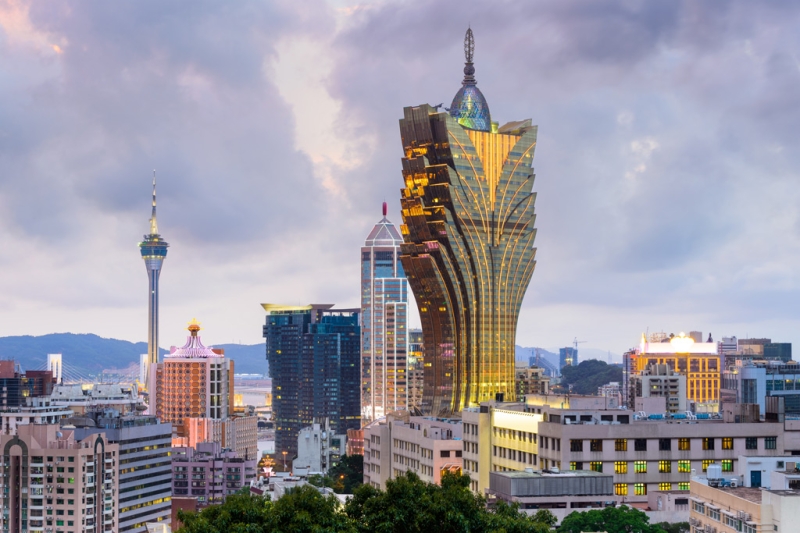
Macau is the most European city in China, where Chinese and Portuguese traditions and architecture are amazingly combined. Here, colonial mansions coexist perfectly with skyscrapers, Catholic churches with Buddhist shrines, all the signs on the signs are duplicated in Portuguese, and in the restaurants, Chinese delicacies coexist with popular European dishes. After visiting the central square of the city, paved with black and white paving stones and surrounded by colonial buildings, you get the feeling that you are in Portugal, conquered by the Chinese: the assortment of shops consists mainly of green tea, dried sea reptiles and fake antiques, Chinese and Cantonese speech can be heard everywhere , Chinese newspapers are sold in kiosks.
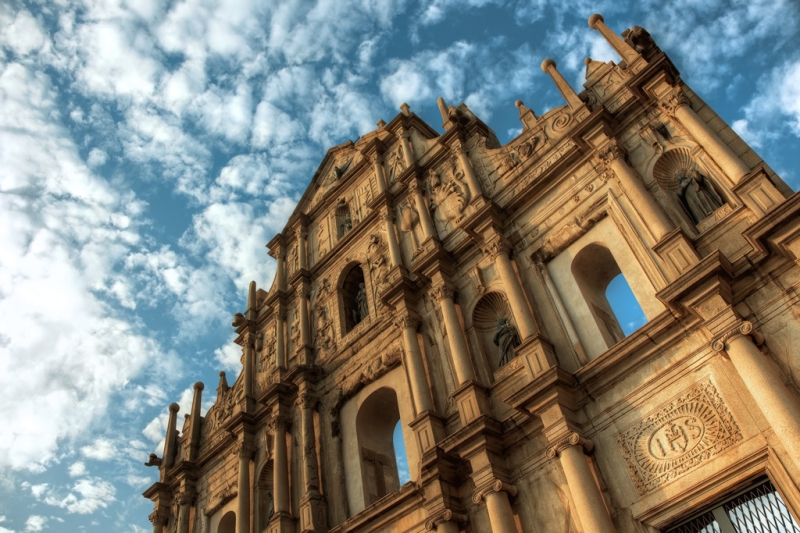
Gradually, casinos, skyscrapers and multi-lane highways are replacing European architecture and luxurious parks in Macau. But, fortunately, the residents of this city remember its history and honor its traditions, so the main attractions are still there. The most important of them is the ruins of the Church of St. Paul, built in the 17th century and burned down in the 19th century. After the fire, all that remained of Macau’s main cathedral was its five-story facade, decorated with Chinese and European ornaments, which looks especially impressive in sunny weather against the backdrop of a bright blue sky. The oldest active church in the city is the Cathedral of St. Dominic, an outstanding Baroque architectural monument founded by Spanish Dominican friars.
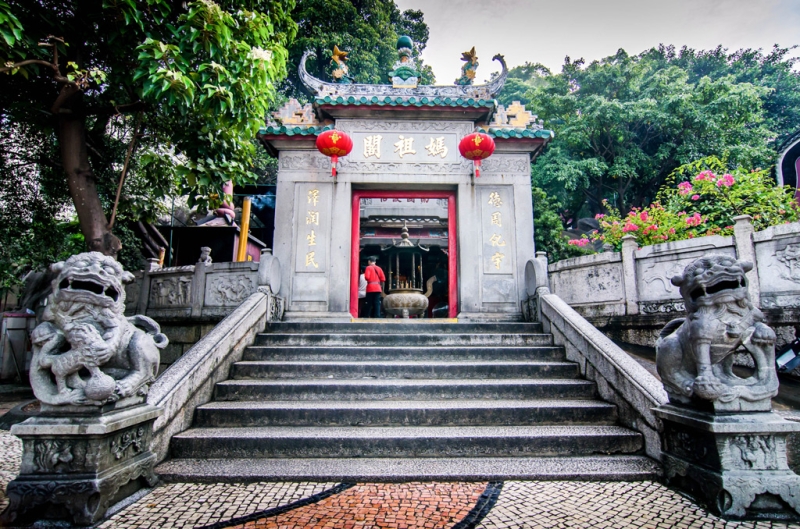
One of the most ancient buildings in Macau is the Taoist temple of A-Ma, dedicated to the goddess of fishermen and seafarers Mazu. This temple is much older than the city itself, it was built in 1488, and it was here that Macau was leased to Portugal in the 16th century.
The Portuguese had to build not only churches on the peninsula, but also a couple of fortresses to protect themselves from attacks by pirates and others who wanted to recapture the port from them. Both of them are located on green hills, which offer excellent views of the city. Monte Fortress was once Macau’s main military installation. Along its perimeter there are ancient cannons and two observation towers, and inside is the Macau Museum. The road to the fortress starts directly from the ruins of St. Paul’s Cathedral, the climb is not difficult.
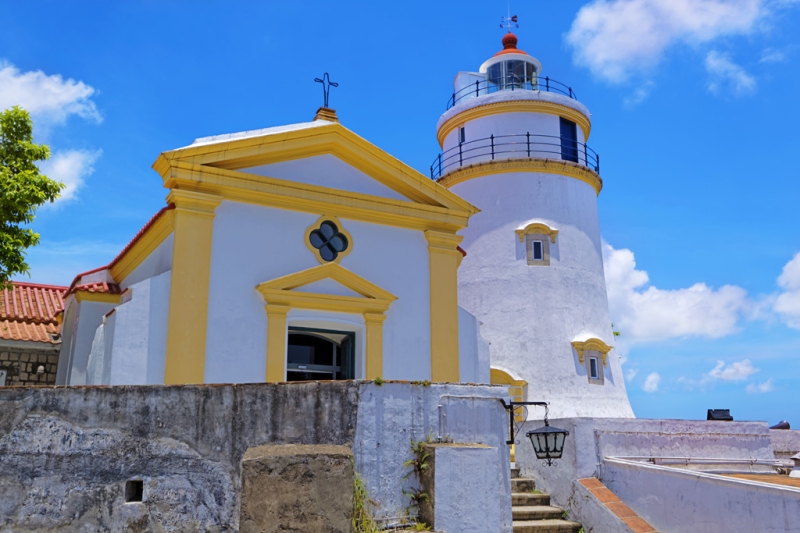
You can also climb to the Guia fortress, located in the eastern part of the city, on foot, but you will have to work hard, so if you are not a fan of trekking, we recommend using the cable car. On Guiya Hill, in addition to the fortress itself, there is a small chapel and a Portuguese lighthouse, built in the mid-19th century and becoming the first Western-style lighthouse in China. And at the foot of the hill, next to the lower cable car station, there is a beautiful European-style garden.
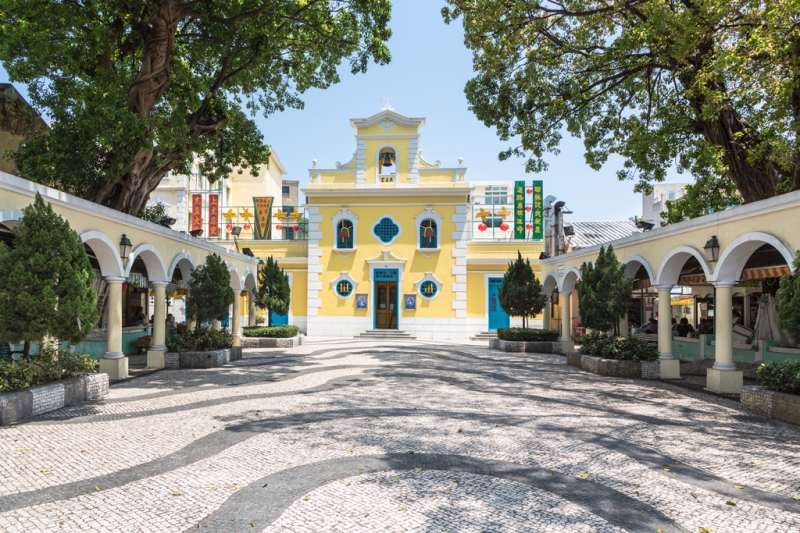
To get into the spirit of old Macau, head to the nearby islands of Taipa or Coloane. Both are interesting in their own way, the main difference between them is that Coloane has preserved real ancient mansions, churches, and temples (not all of them are in good condition),
and in Taipa, most of the buildings are either recently built or restored beyond recognition. The islands are connected by an artificial isthmus called Cotai, on which there are many hotels and gambling houses, including the largest casino in the world – The Venetian Macao.
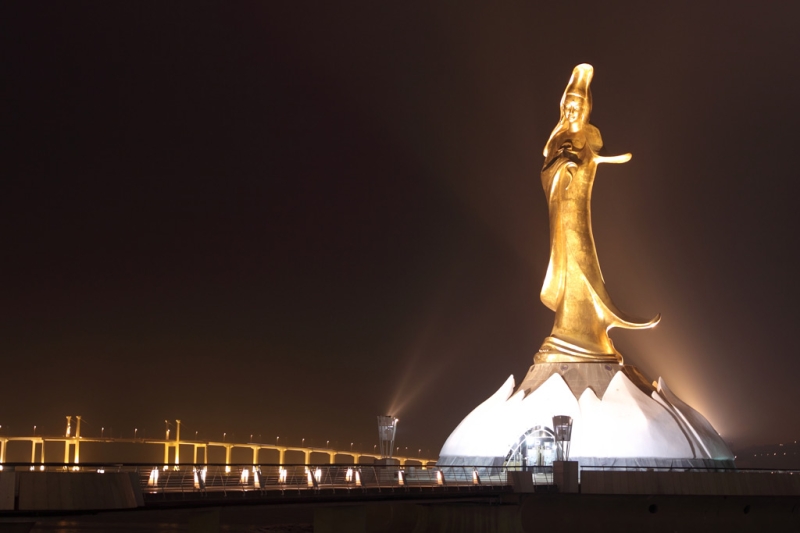
The symbol of Macau is the 20-meter bronze statue of the goddess of mercy Kun Yam (aka Guanyin or A-Ma),
located on a small artificial island. This is the first thing tourists visiting Macau by water see. At the foot of the statue, made in the form of a white lotus flower, there is a small museum and library. Opposite the statue is Dr. Sun Yat-sen Street, the main drinking area of Macau, completely lined with bars and good restaurants. Many establishments here are open around the clock, which is generally atypical for China, where restaurants close at 10 o’clock at the latest.
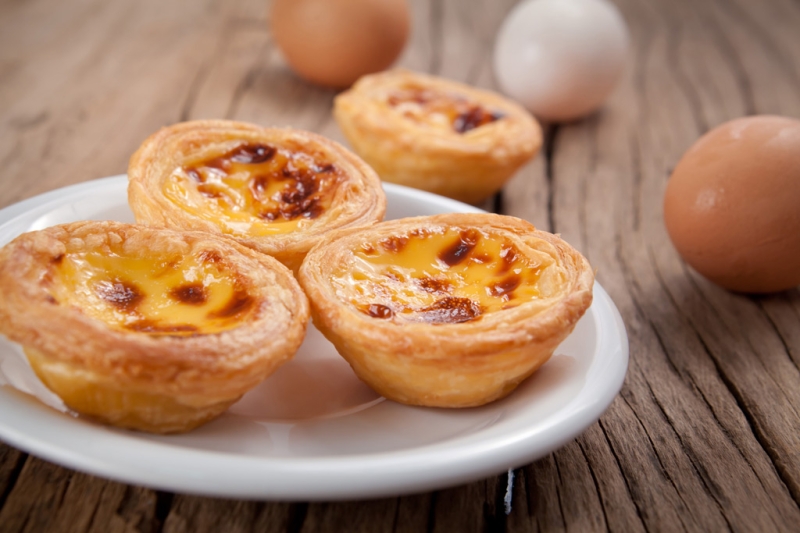
Local cuisine requires special mention; This is a unique and sometimes quite surprising combination of European and Cantonese cooking techniques and products. Indian and African spices, which were brought here by Portuguese sailors, are often used in cooking. Macau is one of the few places in the world where fusion food is not an forced attempt to follow a fashion, but a spontaneous and therefore natural culinary tradition. Be sure to try minchi (minced pork with rice and egg),
Portuguese chicken and crab stir-fry with curry. And don’t forget the famous egg tarts!
And if you have time and desire, you can also look into the casino, of course.

